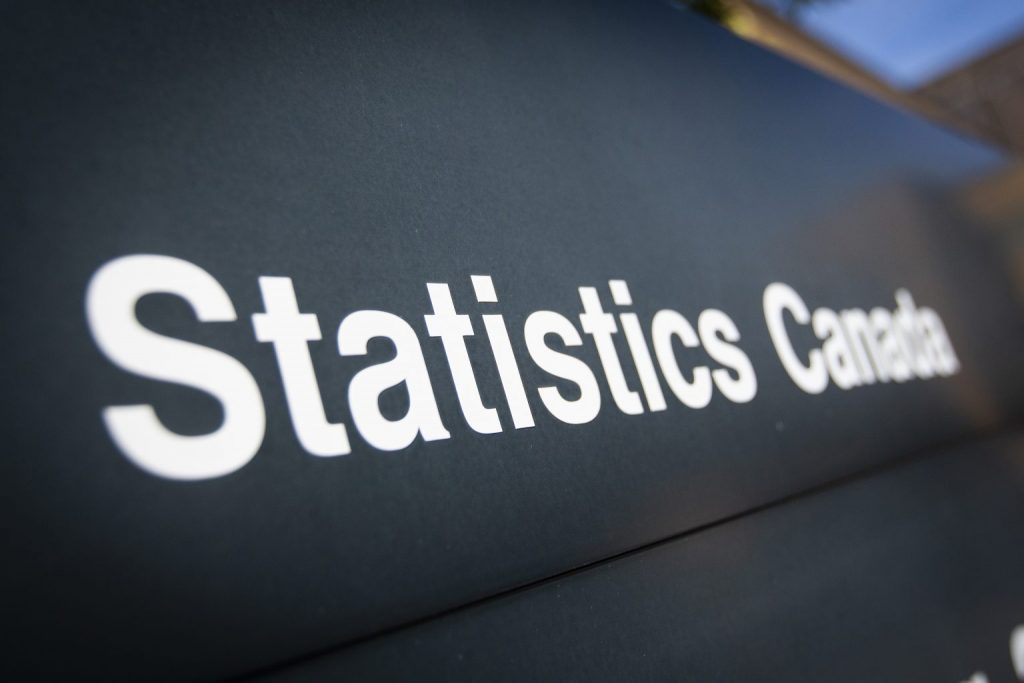Canada’s inflation skyrockets to levels not seen since 1991

Posted April 20, 2022 5:45 am.
Last Updated April 20, 2022 7:35 am.
The national inflation rate for March blew past expectations, jumping to 6.7 per cent, according to Statistics Canada, to its highest level since 1991. The Consumer Price Index for February was already at a sky-high 5.7 per cent, so this month’s figure all but guarantees the Bank of Canada will continue to raise its key interest rate to try to tame inflation to a much more moderate 2 per cent.
The jump is being blamed on price pressure in the housing market, ongoing supply chain issues, and the Ukraine crisis which has driven up energy, commodity, and the agriculture markets.
For context, the last time prices jumped this much, Super Nintendo had just hit the shelves, and “(Everything I Do) I Do It for You” by Bryan Adams was number 1 in the Billboard charts.
Most expensive macaroni and cheese in decades
Prices at the grocery store continue to rise, with many items breaking records for price jumps. Among them: eggs, butter, pasta, cheese, and breakfast cereals.
“Prices for dairy products and eggs rose 8.5% year over year in March, following a 6.9% increase in February. This is the largest yearly increase since February 1983. Price growth for butter (+16.0%), cheese (+10.4%) and fresh milk (+7.7%) contributed to the gain,” the report reads.
The price for pasta products spiked, with the largest increase Canadians have seen since the 2009 recession, as well as the cost for cereal products. The rise is due to the 14-year high in the price for wheat futures, due to the conflict between two of the world’s largest wheat exporters, Russia and Ukraine. The war is also wreaking havoc on global fertilizer production, which in turn is linked to rising prices.
Related Articles:
Restaurant prices have always been higher than cooking at home, but the cost of eating out is not rising as fast as grocery prices in the last year.
There was also some improvement in the price of vegetables and meat, which overall, declined slightly from February’s highs.
#Breaking Eye popping price increases as Canada’s inflation rate jumps the most since Jan.’91.
Canada Consumer Price Index for March up 6.7% y/y (est. up 6.1%) and up from 5.7% in February.
-Core CPI up 3.7%Source: Stats Canada
— Mike Eppel (@eppman) April 20, 2022
Pricey March Break vacations
As many took a long-awaited spring break trip last month, they may have noticed their hotel and restaurant bills were a lot higher. Traveller accommodation rose nearly 25 per cent in March compared to the same time last year, due to a higher demand for travel as many COVID restrictions eased.
Flight prices also jumped as trips to the U.S. rebounded over March, following changes to Canada’s easing COVID-19 measures for returning travellers.
Related Video:
Millennials more financial stressed than Boomers: report
A new survey from TD Bank finds inflation levels are becoming more and more concerning to Canadians, especially younger generations.
Canadians under 35 were more likely to be worried about housing prices, interest rates, market fluctuations, and their salary. Overall, more than half of investors have had to re-visit their investment strategy.
“Inflation has risen to a thirty-year high, something younger Canadians have never experienced before. These folks are also at an earlier stage of their careers, with lower levels of wealth and income relative to older generations, making the rising costs for everyday household items more unnerving—particularly for those facing higher debt service costs due to rising interest rates,” said Beata Caranci, SVP & Chief Economist, TD Bank Group.
No surprise, gasoline is expensive
All in all, the biggest contributor to the difference in the CPI from this year versus last year, is gasoline. The price at the pump is nearly 40 per cent more expensive than it was in March 2021, and is up 11 per cent from last month alone.
Other fuels also increased significantly, “Prices for fuel oil and other fuels rose 19.9%, the second largest increase on record after February 2000. On a year-over-year basis, prices for fuel oil and other fuels rose 61.0% in March.”
Canada’s overall outlook
Statistics Canada reports while the average household saw major hits to their finances last month, some provinces fared better than others. People in Prince Edward Island, New Brunswick, Manitoba, and Ontario saw more price growth than those in other provinces, led by home heating costs.
Compared to the national average, B.C., Alberta, Saskatchewan, and Newfoundland and Labrador saw a slower rise in the consumer price index, but still remains high.










